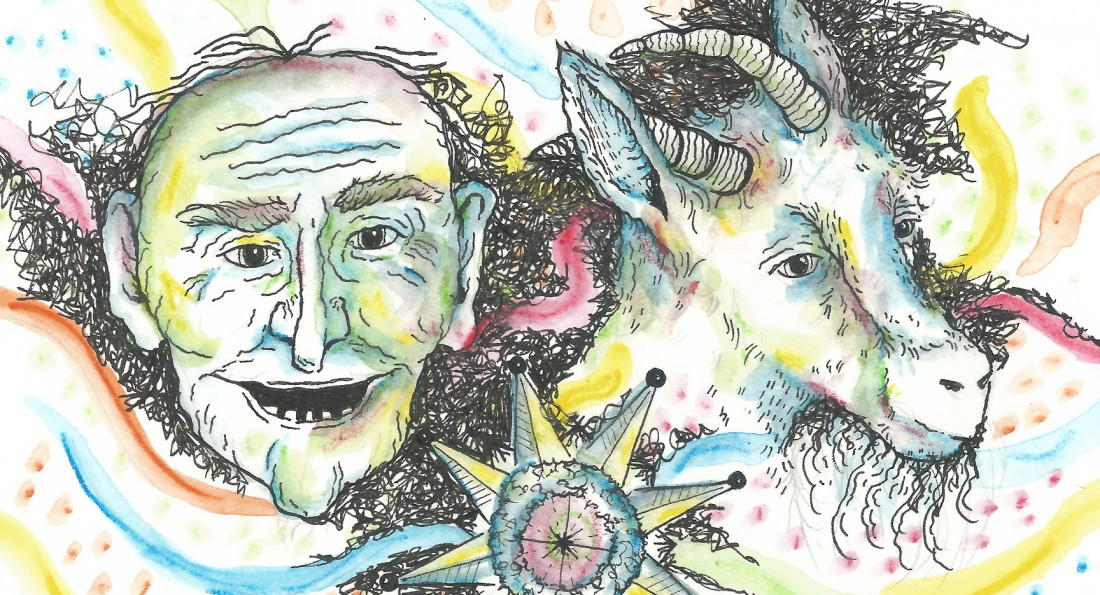Celebrate Malanka
How Winnipeggers do Ukrainian New Year’s
On Jan. 21, the Ukrainian Youth Association (known as CYM, the acronym for their Ukranian name) is celebrating the new year according to the Julian calendar.
Lesia Szwaluk and Larysa Marcinkow organize the new year’s event, called Malanka, and say anyone is welcome to take in the festivities.
“Everyone has someone that wants to be a surrogate Ukrainian,” Marcinkow says, “so a lot of us bring what we call our English friends, people who want to come because they know it’s a good time.”
This year, CYM has drawn from Ukrainian communities across Canada for the evening’s entertainment.
“We’re bringing in a band from Edmonton this year called Millenia,” Marcinkow says. “Hoosli Ukrainian Male Chorus (usually does) a performance, then we welcome the members, do a greeting for all the best of health and happiness in the new year and then have a good party.”
The party is a departure from the traditional Malanka celebrations which are still held in Ukraine, Andriy Zayarnyuk, associate professor of history at the University of Winnipeg, says.
“Here in Canada, it is mostly about a party,” he says.
Historically, Malanka is a folk holiday celebrated by people who dress up in costume and go door-to-door to perform short plays or carry out light-hearted pranks.
“Malanka is the central figure but she is usually accompanied by people dressed as animals,” Zayarnyuk says. “Sheep, a goat is very important, then there should be an old man, usually a younger lad dressed as an old man.”
As for the origins or significance of these costumes, he says no one knows for sure.
“People think that maybe Malanka stands for water, for some kind of feminine element of nature. But for youth it was just about fun.”
Zayarnyuk is from Ukraine, so as a teenager he participated in these traditional Malanka performances.
Though the celebrations he attended were more faithful to history, Zayarnyuk says even in Ukraine there has been some change over the years.
“In the city, it’s very difficult to have exactly the same kind of celebration that people had in the villages in the 19th century,” he says.
While the original Malanka participants were mostly young unmarried men, now it is usually a mixed group of young people who will carry out the performance, he says.
Though Winnipeg’s Malanka may not look the same, a sense of celebration and camaraderie is still present, Szwaluk says.
While organizing the event for more than 35 years, she has been happy to see families grow in the community.
“It still stays really close to the family and friends, but you see the parents out at Malanka, and their children out at Malanka, and their grandchildren out at Malanka,” Szwaluk says, “so, that’s what I’ve noticed, and it’s very, very nice. And a lot of youth, which is very good too.”
Marcinkow is a great example of that spirit of community. She has been a member of CYM since she was five years old and celebrates Malanka every year with her parents, cousins, aunts and uncles.
CYM’s Malanka will be at the Victoria Inn Hotel on Jan. 21. For more info and tickets, email Lesia Szwaluk at [email protected].
Published in Volume 71, Number 15 of The Uniter (January 12, 2017)






